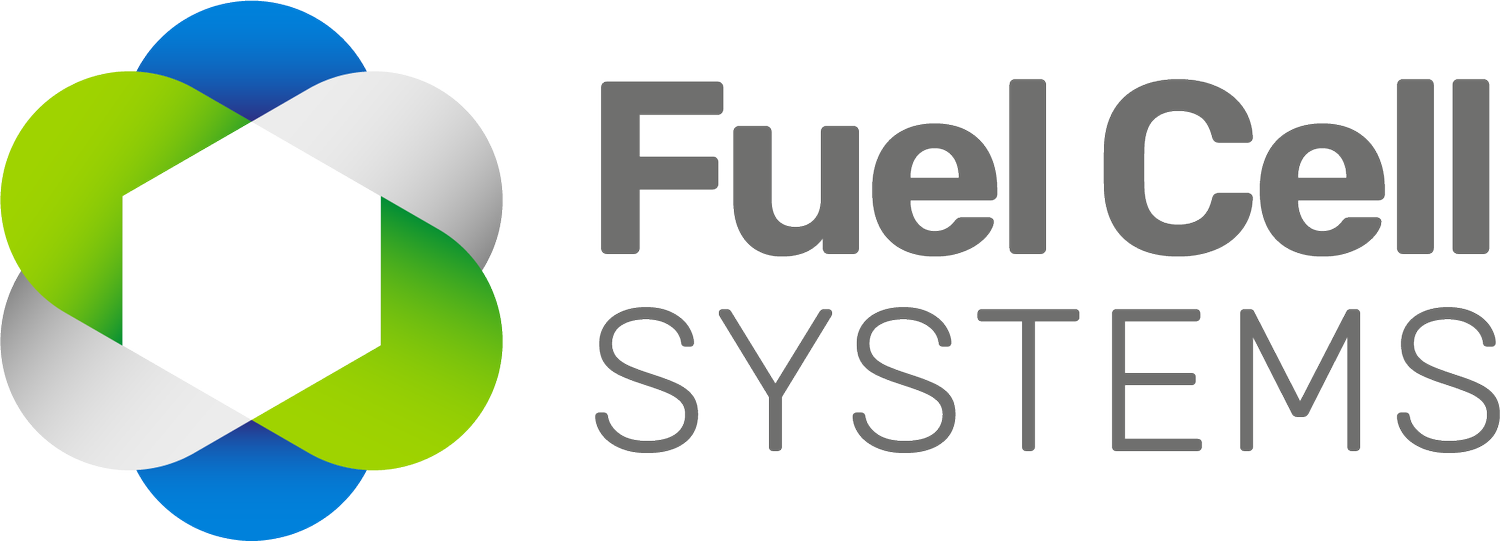Eel conservation benefits from clean, portable power delivered by Fuel Cell Systems Ltd.
The number of young eels migrating into European rivers has fallen to less than 5% of 1980s levels, the exact causes of which are as yet unclear. Ease of movement for elvers into important water courses for protection, reproduction and growth is a key factor in maximising their breeding success. A newly designed eel pass at Woolston has been installed to allow the easy movement of eels between stretches of river, overcoming the concern that older-style flap-gates can pose a significant obstacle for eels in their migratory movements. Fuel Cell Systems Ltd has worked with the Environment Agency using the latest fuel cell technology to provide low-emission, long runtime, standalone power for a remote reservoir site. Not only does this solve power supply issues in these remote areas but also helps to meet carbon reduction commitments whilst minimising installation, maintenance and operational costs.
The requirement – Providing power to remote sites for operating automated equipment or monitoring systems is often expensive or has major carbon consumption implications. For this project a long-term, remote, reliable and quiet power source was needed to operate and monitor the newly installed eel flap-gate.
Connecting to the grid was prohibitively expensive and use of traditional remote power options such as generators or batteries would have required regular site visits to refuel or swap-out. This would increase the man hours and vehicle transport required, which in turn would also increase carbon consumption, noise and emissions outputs.
The solution – Fuel Cell Systems Ltd provided an EFOY Pro unit which uses liquid methanol as a fuel source. Due to the energy-density of methanol, a relatively small volume of fuel provides an extremely long runtime for the eel flap-gate and monitoring system. The added advantage of being able to link two fuel canisters together using an automated switch, means that the fuel cell can be left for up to four months without the need to refuel. This reduces the number of site visits required compared to other power generation systems saving man hours and carbon costs. The site telemetry, which is also powered by the fuel cell, is used to monitor equipment function and performance over extended periods. The fuel cell unit also weighs only 9kg and is only the size of a small carry-on suitcase, making it easy to transport and install



